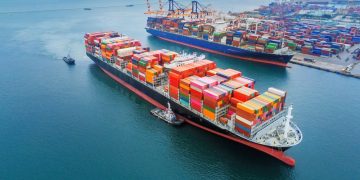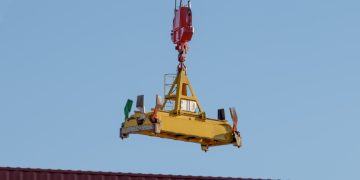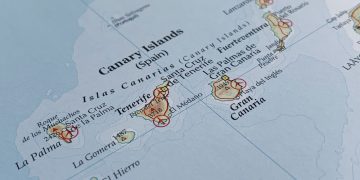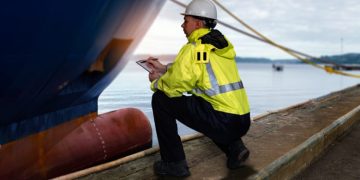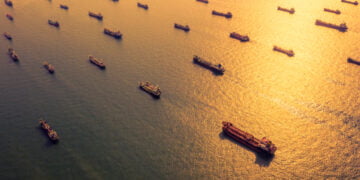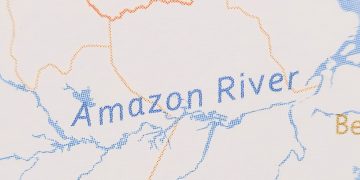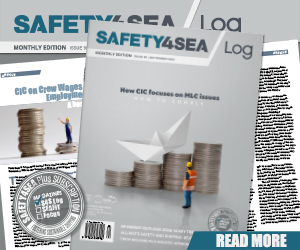Lawyers prepare for Pacific seabed mining
New legislation within three years to protect Pacific marine environments Legal experts hope to have new legislation in place within three years to protect Pacific marine environments from possible damage caused by new deep sea mining projects.Deep seabed minerals have the potential to be a major economic resource for countries across the Pacific but there is concern about the lack of laws governing the practice.The world's first seabed mining project in waters off Papua New Guinea is expected to begin in 2013. And Tonga and Nauru have sought exploration licenses in international waters in the east Pacific through their sponsorship of companies Tonga Offshore Mining Limited and Nauru Offshore Resources Inc.Hannah Lily, a lawyer for the Secretariat of the Pacific Community's Deep Sea Minerals Project, is working with 15 Pacific nations to establish the regional framework before mining begins.Ms Lily told Pacific Beat a regional standard would be developed that every country could agree to."Once we've developed some regional standards that we think we can apply, which will be quite high level, they're going to need to be implemented in quite different ways in each of the countries.""That's why I'm really looking forward to working with the government and legal ...
Read more



















